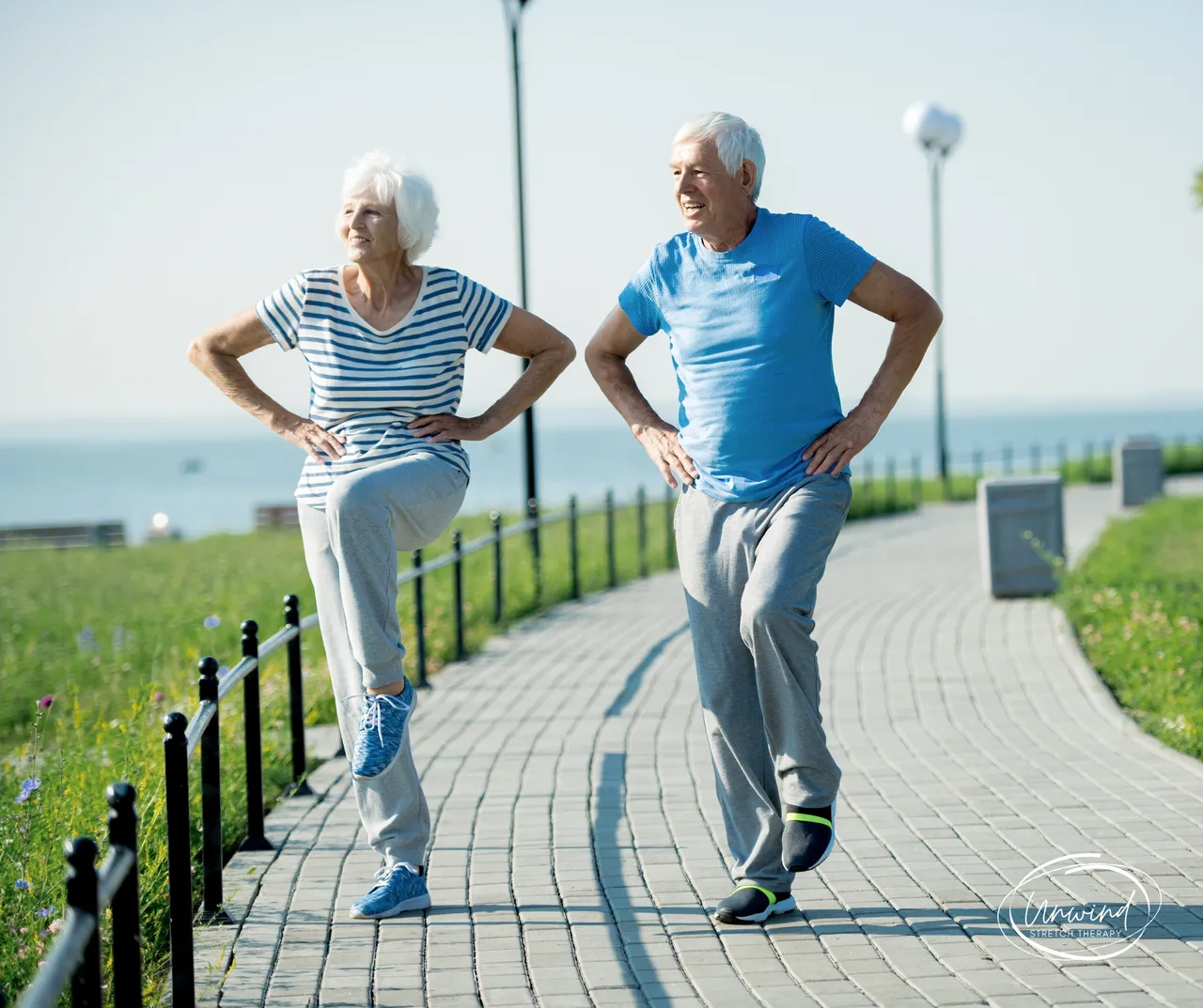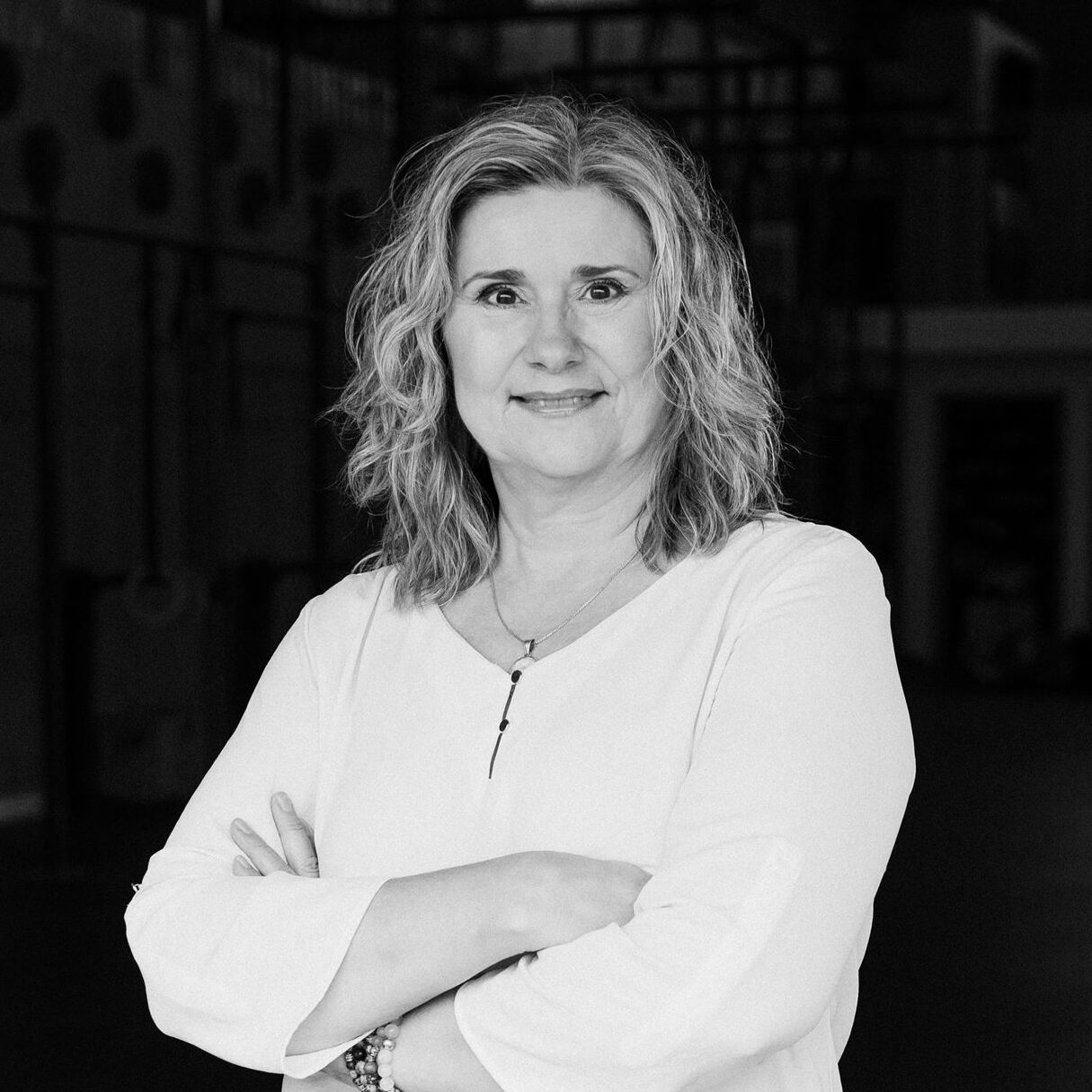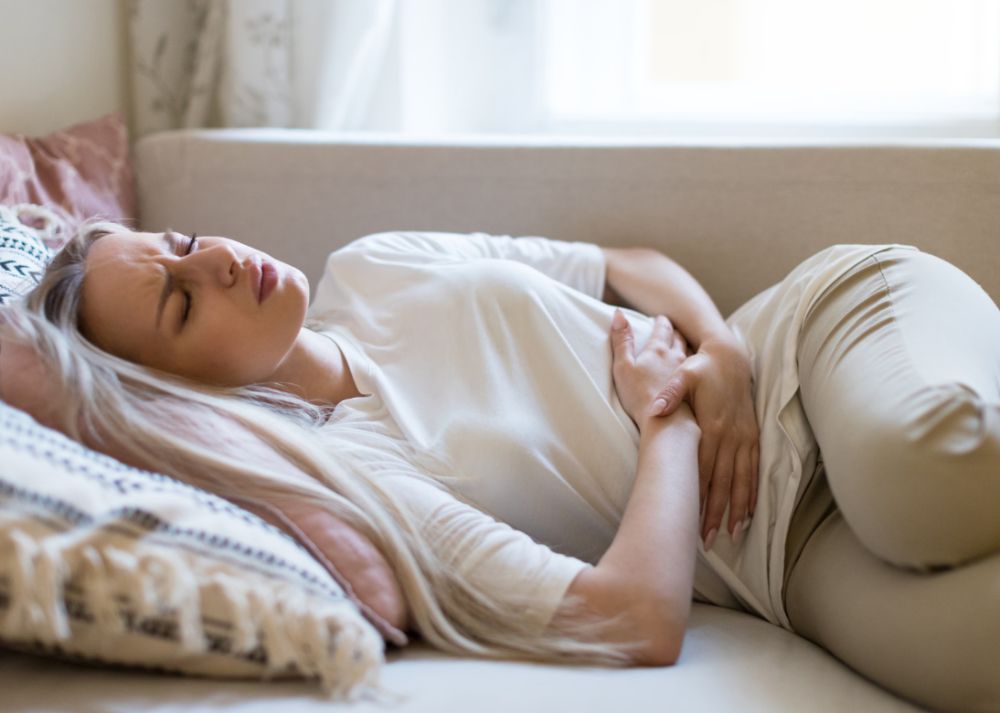More than 5 Senses
We can all name the 5 senses from our early school days: touch, taste, smell, hearing and sight. Our senses help us navigate our physical environment.
What grade school doesn’t teach, is that we have two internal senses: the proprioceptive (body awareness) and the vestibular (head awareness) system.
Did you know the vestibular system is the first sense to develop, even before the other 5 senses, while baby is still in the womb?
A Quick Definition

The vestibular system is the sensory system that detects: motion, head position, & spatial orientation. Signals are sent to the brain in response to head movements to aid in: keeping our balance, stabilizing our head during movement, and maintaining posture. In essence, the vestibular system helps us stay right side up.
What it Does
Balance: When the body changes position, such as leaning over to pick something up, the vestibular system registers that change in position, signals the brain and the brain sends an output to shift your body and keep you in balance.
Coordinating movements that require both sides of the body (bilateral coordination): activities such as walking, climbing stairs, swimming (all tasks that require bilateral coordination). The vestibular system stabilizes the head while doing all of these. Activities that require coordination of the head and eyes, like watching television, reading a book or concentrating on traffic while driving also fall into this category.
Knowing where you are related to the earth: Proprioception is the primary player in knowing where your arms, legs, hands are in relation to you. The vestibular system however, relays the position of your head and whether you’re standing, falling or laying down.

How to Help an Aging Population
We need to first understand the developmental stepping stones that our babies, toddlers and children follow. For example: learning to lift their head and look side to side, coordinating eye movement to head movement, using the abdominals to roll to the side, kneeling, rocking, standing, etc.
Armed with this developmental understanding of how the vestibular system helps babies and children hit their developmental milestones; we can create various exercises and fun challenges aimed at an older population that mimics these stages of development.
We don’t necessarily need to wait to be a senior to benefit from these techniques. From sedentary adults to athletes looking for better performance in sport, all can benefit from vestibular training to suit their goals.
Until next time… ~ breathe ~ move ~ unwind ~





